The gig economy is coming, and the manufacturing sector needs to prepare.

The gig economy is coming, and the manufacturing sector needs to prepare.
In this type of system, independent workers are paid by the gig, typically a specific project, and when that project is complete, the worker moves on. It’s a setup that is particularly appealing to millennials and is widespread in the IT and entertainment industries.
It is expected that within the next two years millennials will become the largest portion of the workforce demographic, and many of these workers will be employed as independent contractors. This is a dramatic change from the status quo, and it requires companies to form a strategy on managing what could be a constantly changing workforce.
Gig workers have a clear understanding of the work-life balance that they want, and they put as much emphasis on the life side of the equation as they do on the work side.
But jobs in the manufacturing sector are rooted in the long-standing tradition of advancing along an established career path. While the apprentice/journeyperson/master model has been replaced by the worker/team leader/manager model in many shops, the progression still takes time and commitment from both the employee and the employer.
Gig workers simply parachute into a company for a set amount of time and then leave once the task is done.
It’s a foreign concept for many manufacturers.
In his paper “Independent Workers: What Role for Public Policy?” American economist Alan Krueger wrote that currently the number of gig economy workers in the manufacturing sector is low. However, the longer the skilled-trades gap remains an issue for manufacturers, the more desperate they will get to find any type of worker to fill open jobs.
Because the manufacturing sector is having such trouble finding workers to fill full-time jobs, the gig economy could be a way to solve this problem, at least on a project-by-project basis.

To survive in the gig economy, manufacturers must blaze their own trail and not try to copy other sectors.
No matter what type of worker is employed, a focus on productivity and quality still must be maintained.
In the gig economy, manufacturers should focus on a worker’s skill set and ability to mesh with a team, rather than the amount of time they will stay with the company.
JOE THOMPSON, EDITOR
jthompson@canadianmetalworking.com
SOURCE
https://www.canadianmetalworking-digital.com/canadianmetalworking/december_2019/MobilePagedArticle.action?articleId=1544279&app=false#articleId1544279

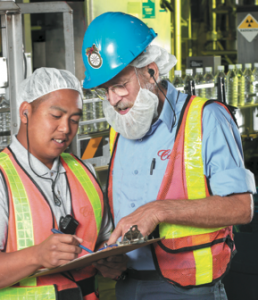 Behind that yummy assortment of bakery delights or that wonderfully prepared to go straight to the oven, frozen Chicken Cordon Bleu is an entire assembly of creative chefs and production staff who prepared it for you; production workers who are also exposed to workplace hazards every day. One specifically is industrial hearing loss.
Behind that yummy assortment of bakery delights or that wonderfully prepared to go straight to the oven, frozen Chicken Cordon Bleu is an entire assembly of creative chefs and production staff who prepared it for you; production workers who are also exposed to workplace hazards every day. One specifically is industrial hearing loss.
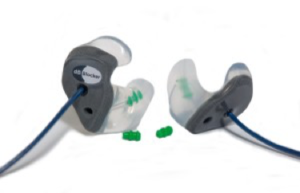


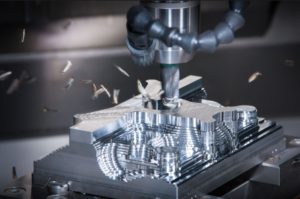
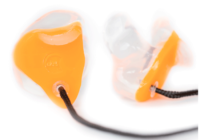
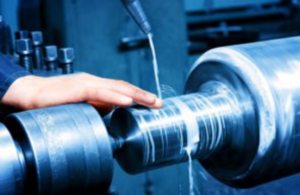


 disposables to custom hearing protection. However, when it comes to quality it is important to look at two elements; 1. adequate protection and 2. communication safety. When it comes to hearing protection, not all devices are created equally.
disposables to custom hearing protection. However, when it comes to quality it is important to look at two elements; 1. adequate protection and 2. communication safety. When it comes to hearing protection, not all devices are created equally.
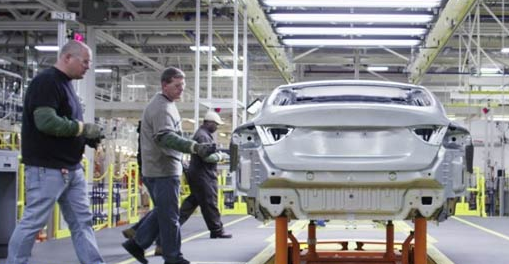

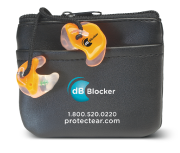
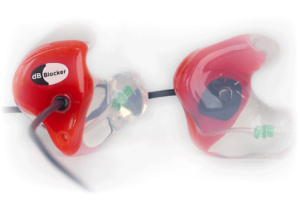

 canal congestion.
canal congestion. The dB Blocker™ Classic Intercanal Vented hearing protection device by CPE PEUS may be an answer to those who need to improve hearing. Vented Intercanals were designed for persons who need to converse and work in and out of noise. This hearing protector (earplug) enhances conversation with other workers in a noisy workplace and could be used to enhance hearing with the inner ear concerns of allergy responses.
The dB Blocker™ Classic Intercanal Vented hearing protection device by CPE PEUS may be an answer to those who need to improve hearing. Vented Intercanals were designed for persons who need to converse and work in and out of noise. This hearing protector (earplug) enhances conversation with other workers in a noisy workplace and could be used to enhance hearing with the inner ear concerns of allergy responses.  company’s representatives take impressions of each worker’s ear canal and outer ear and train workers on how to ensure proper fit. Greater comfort addresses the problem facing health and safety managers of getting people to wear hearing protection and policing their use. A filter and vent in the db Blockers can make speech more understandable by reducing attenuation at higher speech frequencies.
company’s representatives take impressions of each worker’s ear canal and outer ear and train workers on how to ensure proper fit. Greater comfort addresses the problem facing health and safety managers of getting people to wear hearing protection and policing their use. A filter and vent in the db Blockers can make speech more understandable by reducing attenuation at higher speech frequencies.